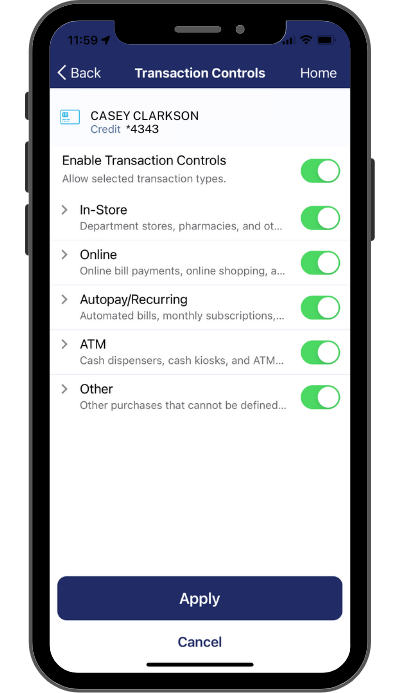– Benefits for the borrower: The borrower can use the collateral to obtain financing that may not be available or affordable otherwise. highest financing amounts, and longer repayment periods. The borrower can also retain the ownership and use of the collateral, as long as the loan obligations are met.
– Dangers into debtor: New borrower faces the possibility of losing the new collateral whether your loan debt commonly met. New debtor together with faces the risk of obtaining loan amount and you will words adjusted according to the changes in the equity value and gratification. The new debtor also confronts the possibility of having the collateral subject on the lender’s control and you will examination, that may reduce borrower’s liberty and you will privacy.
– Benefits for the lender: The lender can use the collateral to secure the loan and reduce the credit risk. The lender can also use the collateral to recover the loan amount and costs in case of default. The lender can also use the collateral to monitor and influence the borrower’s operations and performance, which may boost the financing high quality and profitability.
– Dangers toward lender: The financial institution face the risk of obtaining the collateral clean out the worthy of or top quality on account of age, thieves, or ripoff. The lender and confronts the possibility of acquiring the equity end up being inaccessible otherwise unenforceable due to legal, regulating, or contractual activities. The lender including faces the risk of getting the collateral sustain even more can cost you and obligations due to maintenance, shops, insurance policies, fees, otherwise legal actions.
Information Equity into the Advantage Founded Credit – House situated financing infographic: How-to visualize and you may see the key facts and you may figures from asset created financing
5.Wisdom Equity Requirements [Completely new Writings]

One of the most important aspects of asset based lending is understanding the collateral requirements. Collateral is the assets that you pledge to secure the loan, such as accounts receivable, inventory, equipment, or real estate. The lender will evaluate the quality and value of your collateral and determine how much they are willing to lend you based on a certain percentage of the collateral’s appraised value. This percentage is called the advance rate. The higher the advance rate, the more money you can borrow. However, the collateral requirements also come with certain conditions and restrictions that you need to be aware of and comply with. In this section, we will talk about the following the subjects related to collateral requirements:
step 1. How the financial monitors and audits the collateral. The lender will need one to offer regular reports with the status and performance of the guarantee, instance aging account, catalog reports, conversion process records, etcetera. The lending company will perform periodic audits and you may inspections of your own security to verify the precision of your own accounts and condition of one’s property. This new regularity and you will scope of them audits can differ based on the type and you will size of the loan, the caliber of the equity, therefore the amount of risk involved. You’re accountable for the expenses of those audits, that can start around a hundred or so to many thousand bucks for every audit. You will have to cooperate with the financial and provide them with use of your own books, information, and you can properties inside the audits.
The lending company will use different methods and you may standards so you can really worth their equity depending on the particular investment
2. How the lender values and adjusts your loans Cannondale collateral. For example, accounts receivable ount, inventory may be valued based on the lower of cost or ent may be valued based on the forced liquidation value, and real estate may be valued based on the fair market value. The lender will also apply certain discounts and reserves to your collateral to account for potential losses, dilution, or depreciation. For example, the lender may exclude or reduce the value of accounts receivable that are past due, disputed, or from foreign customers, inventory that is obsolete, damaged, or slow-moving, equipment that is outdated, worn, or idle, and real estate that is encumbered, contaminated, or subject to zoning issues. The lender will adjust the value of your collateral periodically according to research by the changes in industry criteria, the performance of your business, and the results of the audits. These adjustments ount of money you can borrow or the availability of your loan.
